Spring Rolls, Chaozhou Culture & Kungfu Tea
Wednesday, February 03, 2010
 Chaozhou, Guangdong, China
Chaozhou, Guangdong, China
Hey Hey and a Big G'Day toya,
How wonderful is it to wake up the morning you were to leave and just say; Bugger it mate I’ll stay one more night!
I woke up this morning and even after a few hours on the internet last night I still had no idea where to go next so I rolled over and went back to sleep and tonight finds me still in Chaozhou city yet to decide on a destination for tomorrow as everyone I speak to says there are no beautiful places to go around here and that all the cities are too big.
So I’m kind of thinking that I’ll head back to Guangzhou city and do the 'tried and true’.
For all those guide book baggers (who all seem to have one in their day pack) why waste time guessing when everything in the guide book is in there for a reason, it’s damn interesting and wonderful to see. There is so much stuff to see around Guangzhou city that I can’t be bothered asking anymore people and getting the same response and with only a month off to play and so much to see I haven’t the time to waste on random tickets.
So now that we finally have tomorrows destination sorted out (thank you so much for taking the time to listen) I’ll tell you a little about my current city and what I’ve been up to over the past several days. Some of the following is straight out of the Lonely Planet, as they do it so well why bother to change it (and no one has beelined nor have they refuled!) but I have added in a heap of my own foolishness you love so much!
In 214 BC, Chaozhou was an undeveloped part of Nanhai Commandery of the Qin Dynasty and in AD331 during the Eastern Han Dynasty it was established as a part of Dongguan Commandery. Chaozhou city is a much older and prettier city than Shantou (my previous destination) and is an ancient commercial and trading city dating back some one thousand seven hundred years. It is situated on the Han River and surrounded on three sides by the Jin Shan (Golden Hills) and Hulu Shan (Calabash Hills).
The most worthwhile area to explore is in the northern section of town (around Zhongshan Lu and Changli Lu) where you’ll find among the tightly winding lanes an eclectic mixture of neatly kept colonial and traditional Chinese architecture, with some buildings bearing stonework that dates back to the Ming Dynasty. The former Confucian Academy, now a museum with an interesting collection of old photos, is a good place to orientate yourself before you set out on your walk.
The city’s main shopping area is found around the intersection of Huancheng Xilu and Kaiyuan Lu which is also where you will find the three big ones, KFC, McDonalds and Pizza Hut. Though they and the glamorous clothing stores etc make up Chaozhou’s modern facade just a quick lane way away remains the thriving maze that still makes up the heart of China where you will find rickshaws darting between people and the little street markets that remain the local peoples way of life.
Kaiyuan Lu is the older of the two main roads and at night becomes a very long street market where you can easily spend several hours walking up one side and then back down the other.
Besides the night market, Kaiyuan Lu is home to Chaozhou's most famous attraction the Kaiyuan Temple (5 Yuan to enter) built in AD738 during the Tang Dynasty to house Buddhist scriptures sent by Emperor Qianlong. Recently renovated, the halls and pavilions contain some lovely figurative carvings and gardens. The first hall houses three Buddha’s flanked by eighteen gilded Arhats. Kaiyuan Temple is a Buddhist center embodied with the quintessence of the architectural art of various dynasties such as the Tang, the Song, the Yuan and the Qing and it is also home to the most influential Buddhism Study Institute in Southeast China.
Inside, handsome calligraphy and inscribed steles remind visitors that this temple once functioned as the record keeper of the city.
Near the end (towards the river) of Kaiyuan Lu you will find Chaozhou’s Old City Wall (the ramparts of which offer great views of the city) which runs along the river for almost two and half kilometers and is interrupted by four ornate fortifications, including Guangji Gate Tower (10 Yuan to enter). Just past the northern end of the wall you can hire double and triple seated bikes upon which you can scare the hell out of the locals as you wiz by along with really annoying the pesky Tuk Tuk drivers who will happily say Hellow five thousand times to try and get your business or until you dart down the next alley way to get away.
They can be found all over the city and mainly sleeping just outside Guangji Tower.
Also at the northern end of the wall you will find a temple built on a small hill side and parts of the city wall.
I have no idea what the name of this temple is (10 Yuan to enter) but it was a nice place to not only escape the noise but also to meet two lovely Swedish girls who spent the last five months in Bundaberg Australia working and drinking the famous Bundy Rum and loved it so much they didn’t travel anywhere else in Australia. Must have been one hell of a long party! We walked and talked until they were whisked away by their Tuk Tuk Driver who had somehow become their photographer and whom took his job very seriously. He would race from here to there and focus the camera and when he had finally decided the best place for the next picture he then moved the two girls into snap happy position.
From the southeastern end of the wall you can see two pavilions with the same name.
The first in view is the ‘modern’ Phoenix Pavilion which can be found in Fenghuang park on a small island beneath the south bridge. The park is free to enter and offers a great place to get away from the buzzing of the city. Much further away in to the distance can be seen the ‘ancient’ Phoenix Pavilion (no entrance fee and you wouldn’t pay it if their was) which is a seven story tower built in AD1585 and for me it was an awesome place to go and take some photos and chat to some locals who were swimming but unless you’re a walker and like to go places for no reason then it’s really not that exciting.
Taking you across the Han River is the Guangji Bridge and though it is extremely mythical and beautiful to look at it also costs 50 Yuan to cross and if you choose to exit the bridge on the far side to check out the temple you will have to pay another 50 Yuan to cross back to the city or walk to and re-cross via the cities southern bridge, or of course you can catch a taxi or a bus.
On the east bank of the Han River and beyond Guangji Bridge first erected in the Song Dynasty (AD960 to 1279) is the Hanwen Temple, which commemorates the Tang Dynasty poet and philosopher Han Yu, who was banished to ‘far flung’ Guangdong for his outspoken views against Buddhism. The temple costs 20 Yuan to enter and for me it was worth the cost of the bridge as I had already decided on an afternoon on the east side of the river.
West Lake Park (8 Yuan to enter) extends up the hill beyond the eponymous lake is a pleasant place to spend a morning or afternoon. I spent my time in the park at the bottom of the small hill but from checking out the park map it seems that there is a remaining part to the city wall up there somewhere. The park offers a small Taoist Temple for temple lovers like me but for everyone else it simply offers peace and quiet along with hundred elderly locals who can be found playing mahjong and chess by the lake side.
Today (Wednesday) in the maze of alleyways found somewhere between Xiaxi Pinglu and Taiping Lu I found something rather unexpected, several very clean small alleyways filled with colourful doorway art. I had found doorway art all over the city but most of it was so faded that it wasn’t worth taking a photo of. Most of what I found today has obviously been ‘touched up’ but it really was a great find as when I travel to ‘ancient’ parts of China I always wonder what these places were like 'way back when' and today I got that small feel.
So Chaozhou city, like Shantou city it is filled to the brim with Tuk Tuk's, scooters and beautiful women and as for the food I’d prefer Shantou’s seafood offerings but here I found a heap more eateries that offered such things as spring rolls and other ‘Chinese’ things we find on our menu’s back home. If I was to choose between the two cities to live and teach I’d choose Shantou as I totally loved its vibrant night life offerings and I also didn’t find any KFC’s or Mc Donald’s which now that I’m here in this much older and smaller city I find rather strange.
Maybe I just didn’t find that part of the city.
A Little More On Chaozhou & its Culture
The Chaozhou culture is known worldwide as a unique part of world heritage.
Throughout history the Chaozhou region was able to flourish and thrive as a prosperous cultural center enabling the nourishing of a unique and distinctive character epitomized in the Chaozhou Dialect, Chaozhou opera, Chaozhou Ganghu tea, Chaozhou music, Chaozhou embroidery and the Chaozhou-style cuisine (which has a well deserved reputation overseas but is now finally being appreciated at home in China).
Chaozhou Dialect, by which the Chaozhou culture conveys, is considered as one of the oldest Chinese dialects for it preserves many elegant and refined features from ancient Chinese that have been lost in some of the other modern dialects. It is spoken by about ten million people in the local Chaozhou area and approximately two and a half million overseas Chaozhou Chinese (that is more than the population of Melbourne city in Australia).
Chaozhou Opera is a traditional art form which has a history of more than five hundred years and is now loved by twenty million Chaozhou natives in over twenty countries and regions. Based on the local folk dances and ballads, Chaozhou opera has formed its own style under the influence of Nanxi Opera. Nanxi is one of the oldest Chinese operas that originated in the Song Dynasty. Its tunes are graceful, pleasant and full of local color. The old form of choral accompaniment still remains its special features. Clowns and females are the most distinctive characters in a Chaozhou opera and fan-playing and acrobatic skills are more prominent than in other types of performances.
Gongfu tea (Kung Fu tea), the 'espresso' of Chinese teas with a formidable kick was first sipped back in the Song Dynasty and is still flourishing and remains an important part of social etiquette in Chaozhou. If you visit a family you can be sure of at least one round of Ganghu tea. Though it tastes bitter when it first reaches your mouth it is the lingering aftertaste that makes Ganghu tea probably the most charming tea culture in China and drinking Ganghu tea is in fact a process of aesthetics rather than a solution to thirst.
Beers N Noodles toya…..shane
_________________________________________
The soundtrack to this entry was by Gyroscope
The album was ‘Are You Involved’
_________________________________________
Other Entries

 Chaozhou, Guangdong, China
Chaozhou, Guangdong, China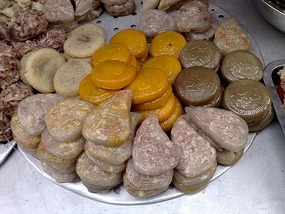
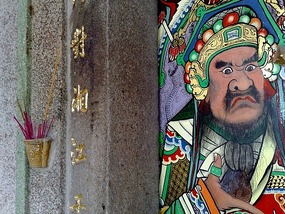
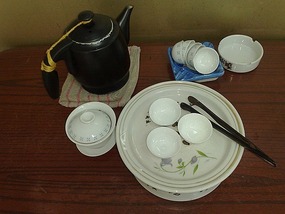
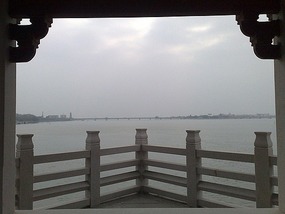
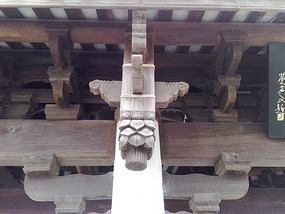
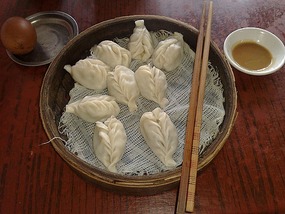
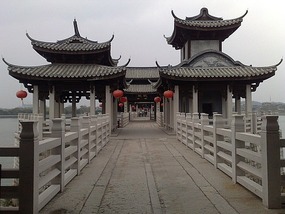
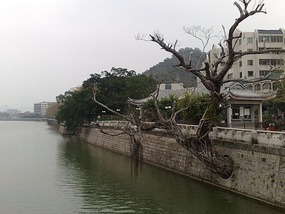
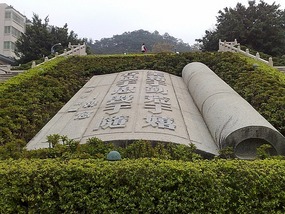
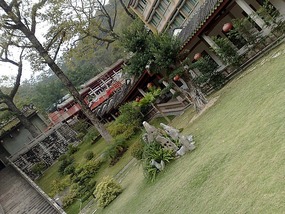
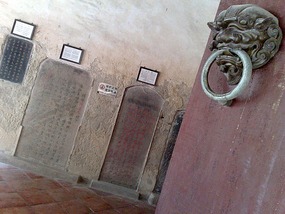
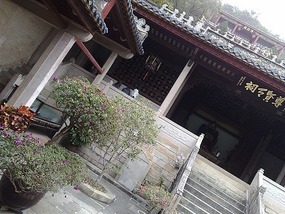
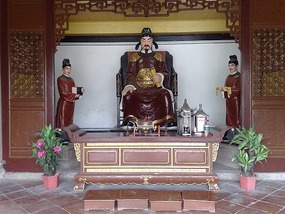
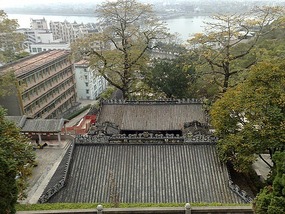
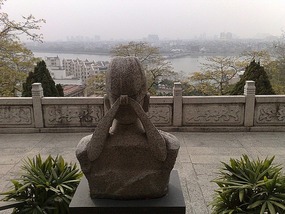


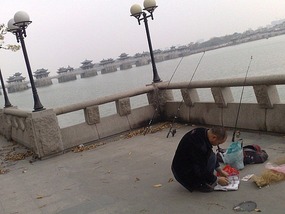
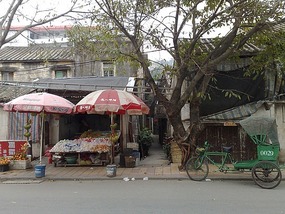
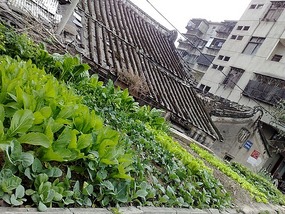
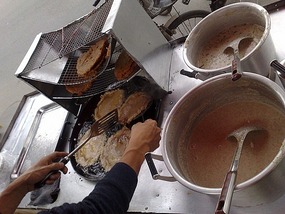
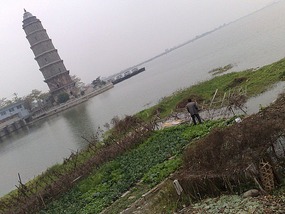
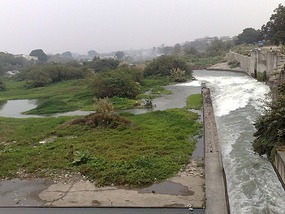
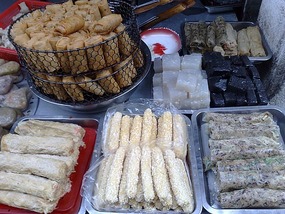
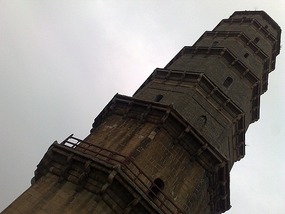
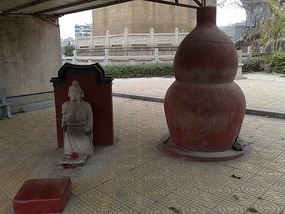
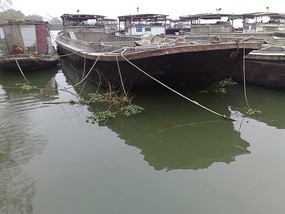

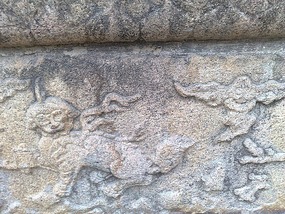
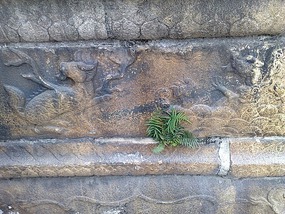
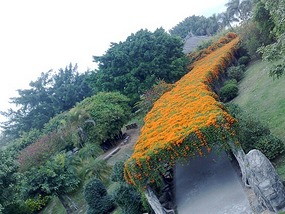
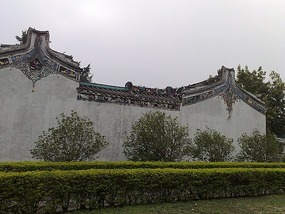
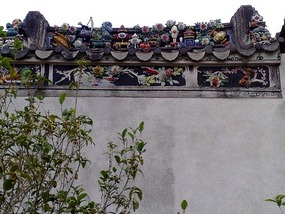
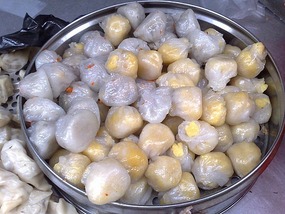
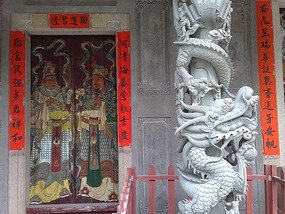
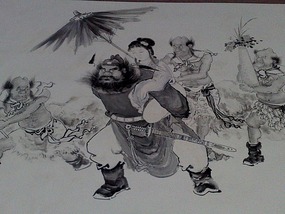
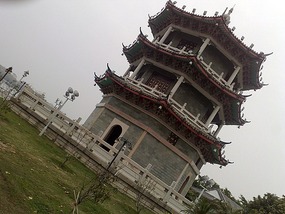
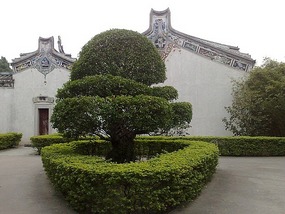
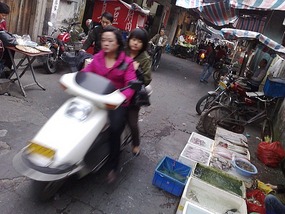
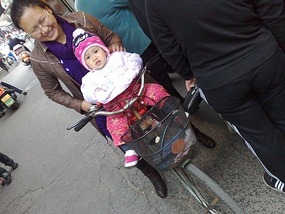
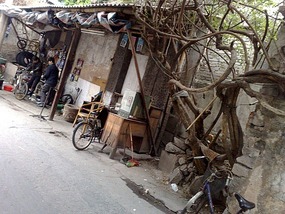

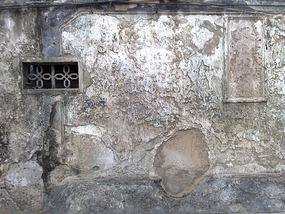
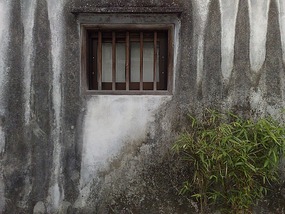
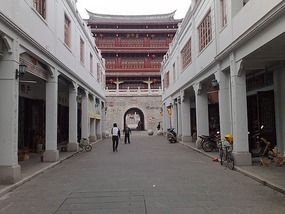
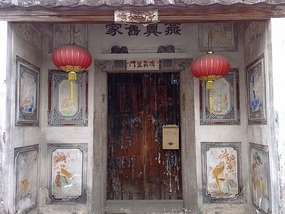
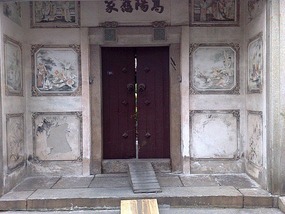
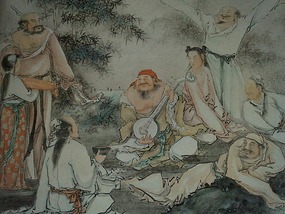
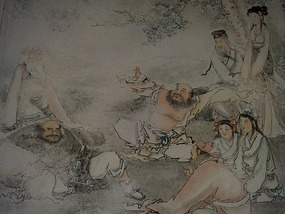
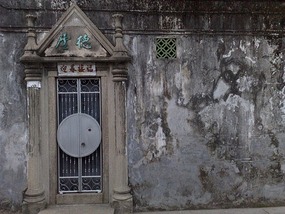
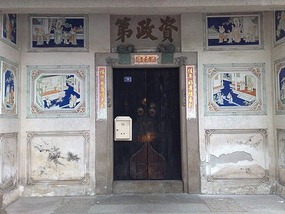
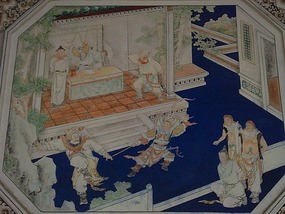


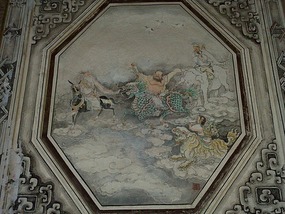

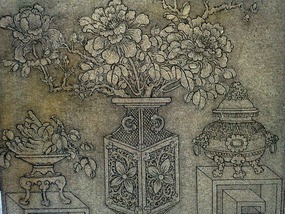
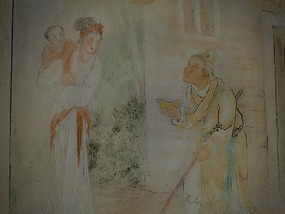
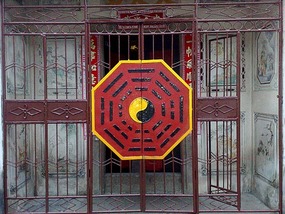
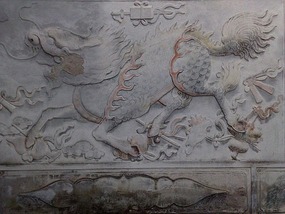
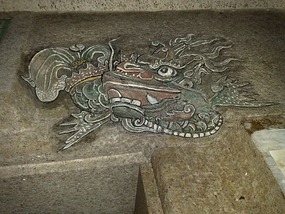
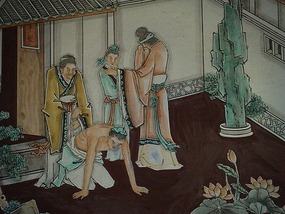
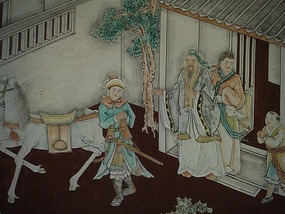

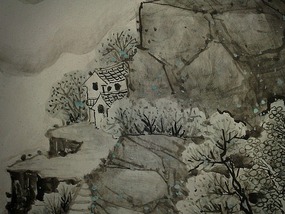
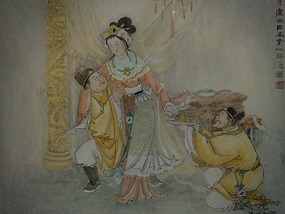
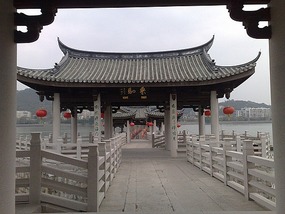
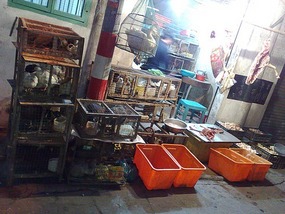
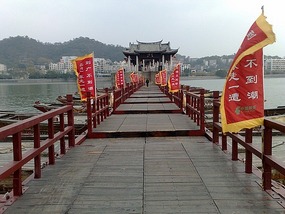
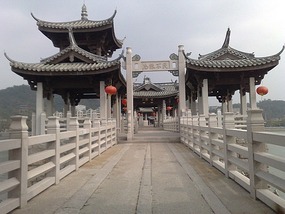

2025-05-22